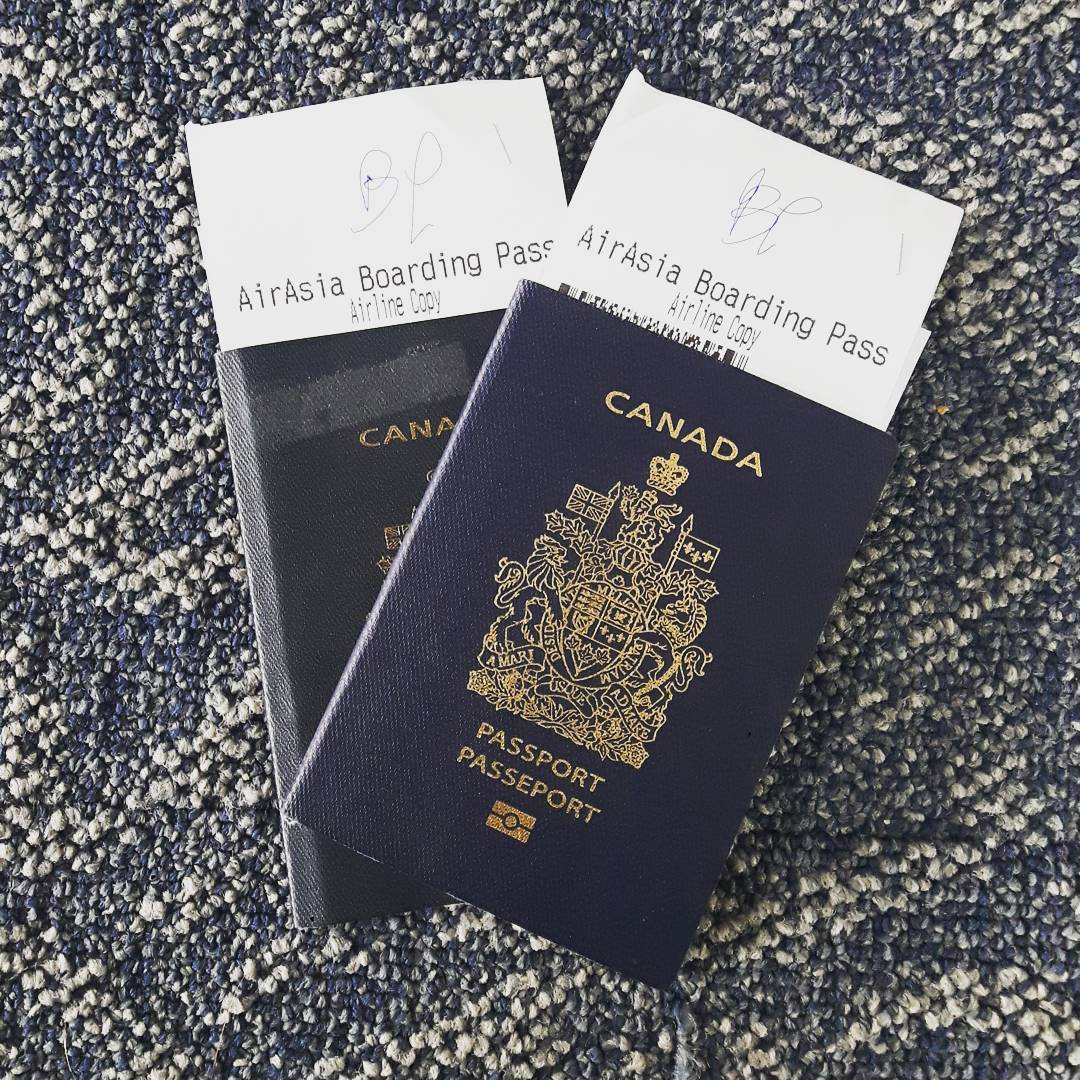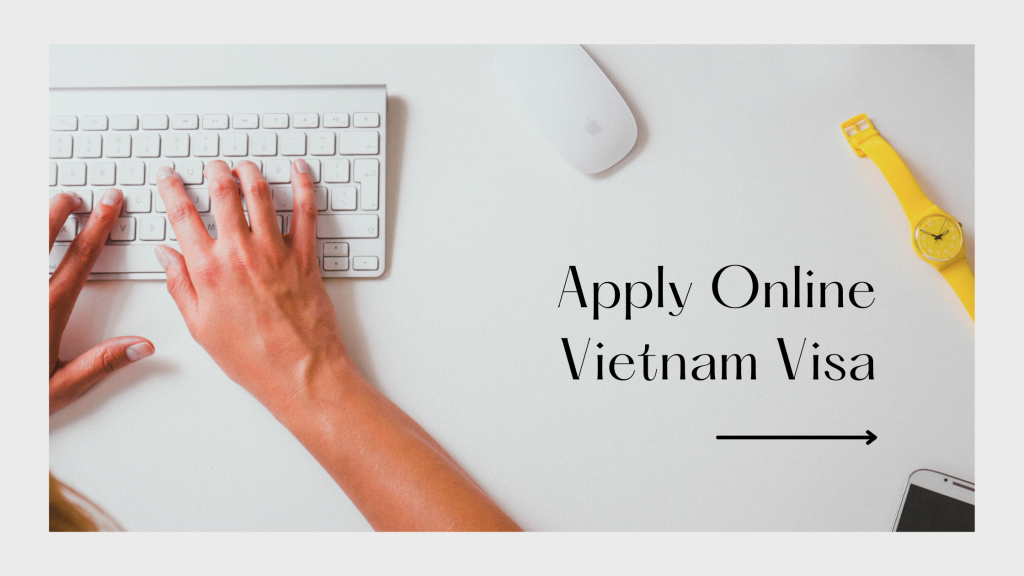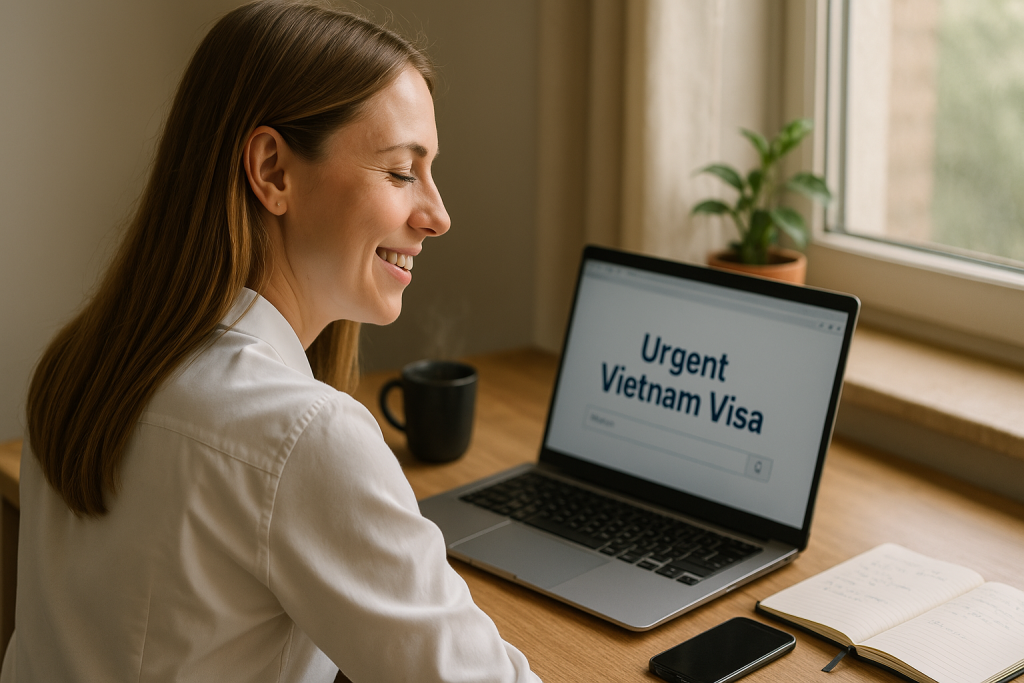You’re a Canadian citizen with a flight to Vietnam coming up—but no visa yet. Sound familiar? Don’t let a delayed e-visa cost you your flight, your business opportunity, or your …

Planning a getaway to Vietnam from Canada in 2025? Whether you’re dreaming of relaxing on a beach in Phu Quoc, exploring the old streets of Hoi An, or enjoying the hustle and bustle of Ho Chi Minh City, Vietnam offers an unforgettable experience. But before you book your flights and accommodations, there’s one crucial step to check off your list: getting your Vietnam holiday visa. This guide breaks down the most up-to-date visa options, requirements, and practical tips—specifically for Canadian passport holders.
Yes, Canadian travellers must obtain a valid visa before entering Vietnam for tourism purposes. Unlike some other nationalities, Canada is not included in Vietnam’s visa exemption list, so a visa is mandatory even for short stays.
The only exceptions are for passengers transiting through a Vietnamese airport for less than 24 hours without leaving the international zone. If your plan is to enter the country—even for a few hours of sightseeing—you’ll need a visa.
Some travellers might have heard about a visa waiver for Phu Quoc Island, which allows tourists to stay for up to 30 days without a visa. This is only applicable if you fly directly to Phu Quoc and remain on the island. If you wish to visit any other part of Vietnam during your trip, a visa is required.

For Canadian citizens, the two most relevant visa types for holiday travel are the single-entry and multiple-entry visas. These differ based on how many times you plan to enter Vietnam within the visa’s validity period.
A single-entry visa allows you to enter Vietnam one time. After you leave the country, the visa expires, even if the date on it hasn’t. This is ideal for Canadians who are planning a one-destination vacation solely within Vietnam.
If you’re planning to travel through other Southeast Asian countries—like Cambodia, Laos, or Thailand—and return to Vietnam afterward, a multiple-entry visa gives you the flexibility to re-enter without having to reapply.
Both options are available via e-visa and, in some cases, through other application methods like visa on arrival or embassy submission.
Canadian citizens have three practical options when it comes to applying for a Vietnam holiday visa: e-visa, visa on arrival, or embassy application.
The e-visa is the easiest and most popular method. The process is completely digital—you’ll upload your passport scan, a photo, and basic travel details, then pay the application fee online. Your approved visa will be sent via email within 3–5 working days in PDF format.
Another option is the visa on arrival, which requires you to apply for an approval letter online before departure. Once you land at a Vietnamese international airport, you’ll present this letter, submit your passport and photo, and pay the visa stamping fee. This process involves queuing and is only valid for travellers arriving by air.
The final method is to go through the Vietnamese Embassy or Consulate in Canada, which is suitable for those who prefer paper-based processing or need long-term or specialized visas. This route involves mailing or delivering your documents and may take additional time.
For a typical two-week vacation, the e-visa is the most efficient and hassle-free option. It’s fast, affordable, and doesn’t require a visit to the embassy. The entire process can be completed online from anywhere in Canada.
If your travel route includes airports or borders not covered by e-visa, or you’re planning a very last-minute trip, you may consider visa on arrival. Just remember that you’ll need to secure an approval letter ahead of time and allow time for airport processing on arrival.
Both e-visa and visa on arrival applications can be submitted in advance via this trusted site: https://www.vietnamimmigration.com/apply-vietnam-visa/

Getting ready to apply for your e-visa? You’ll need to prepare a few essential documents to ensure smooth processing.
Your Canadian passport must be valid for at least six months beyond your intended arrival date in Vietnam, with at least one blank page available.
You’ll also need a passport-style photo (in digital format) and a clear scan of your passport’s information page. These must meet Vietnam’s technical requirements, which are outlined on the application platform.
In addition, provide your expected entry and exit dates, the port of entry, and a working email address where your visa will be sent. Once you receive it, print a physical copy to show on arrival.
Under standard processing times, e-visas are typically issued within 3 to 5 working days. It’s best to apply at least one week before your departure to allow for any unexpected delays.
In a rush? No worries—expedited processing options are available for Canadians. Some services offer same-day express visas within 8 hours, and even super-rushed processing in under 2 hours. These are ideal for spontaneous getaways or last-minute travel plans.
✅ To guarantee a quick, secure approval, consider applying through this reliable service: https://www.vietnamimmigration.com/apply-vietnam-visa/

If you’re arriving by air, here are the main international airports in Vietnam that accept e-visas for Canadian travellers:
E-visas are also accepted at various land border crossings and sea ports. Be sure to confirm your planned entry point is supported when completing the e-visa form.
Travelling to Vietnam from Canada has never been easier, thanks to user-friendly visa systems and simplified entry processes. Whether you’re heading there for a quick break or a longer adventure, being prepared with the correct visa is key.
For most Canadians, the e-visa is the smartest choice—quick, affordable, and accessible. And with express options available, even last-minute trips are doable. So don’t leave it to chance—get your Vietnam holiday visa sorted today and start counting down the days to your Southeast Asian escape.
Apply now via: https://www.vietnamimmigration.com/apply-vietnam-visa/

